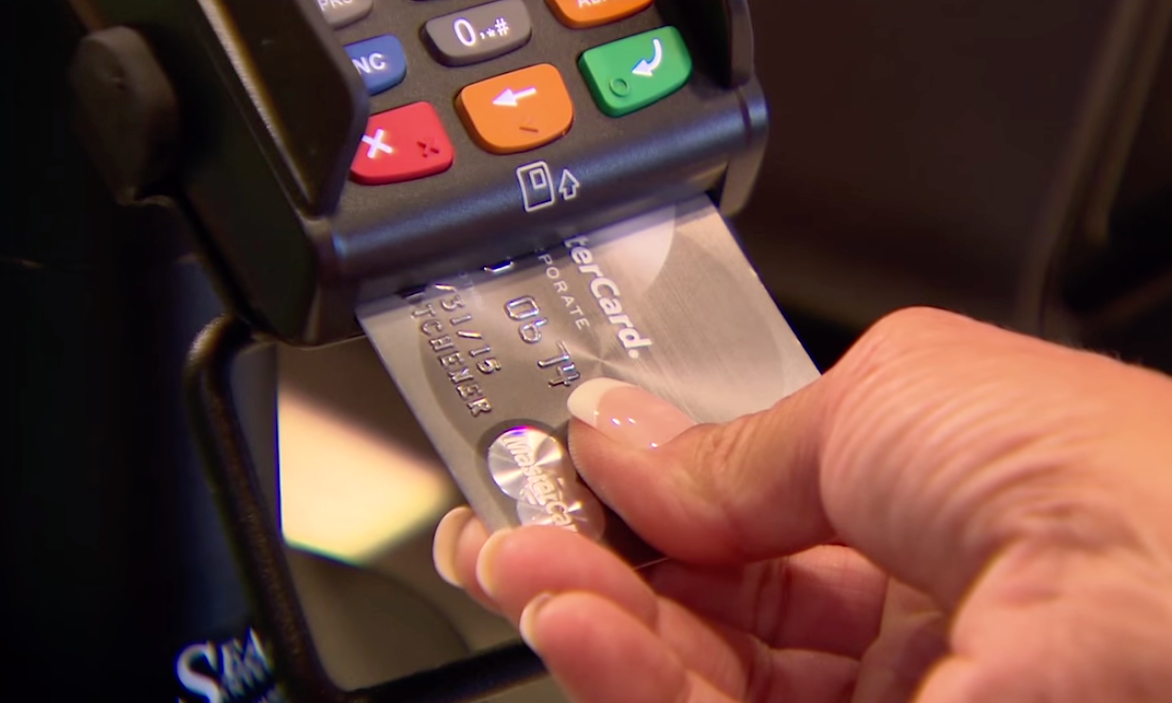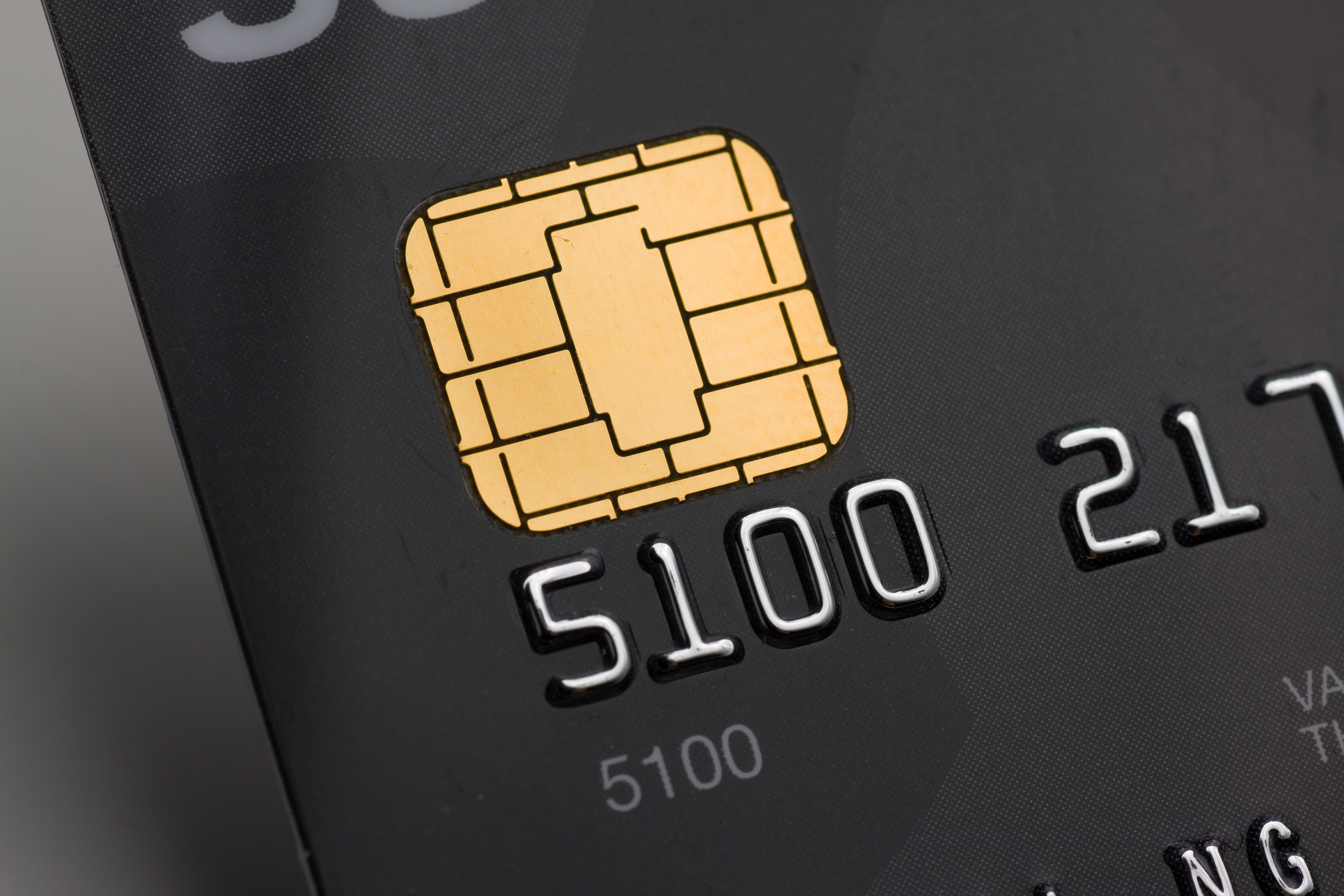90% of Americans Now Use EMV “Chip and Pin” When Buying At The Store
The pace of chip card adoption is picking up.
The United States may have taken its time to introduce “chip and PIN” credit and debit cards but the technology has had a positive effect for banks, retailers and consumers.
With the first anniversary of the mandatory switch to EMV-compliant transactions approaching, data published by MasterCard said that nine out of 10 people now use embedded microchip cards on a regular basis. According to a recent survey of 1,000 American consumers conducted by Braun Research on behalf of MasterCard, there has been a 38% year-on-year increase in the use of chip-enhanced payment cards in the last 12 months. Safety and security cited as significant factors for adoption.
Around 88% of all MasterCard-issued consumer credit cards in the United States now have the embedded chip—a 105% increase since the liability shift came into effect on October 1, 2015. The number of merchants accepting EMV cards has steadily risen, with MasterCard’s network currently registering 2 million chip-active merchants or 33% of all U.S. retailers.
 Out of these two million active merchants, 1.3 million are regional or local merchant locations—an increase of 159%, MasterCard said.
Out of these two million active merchants, 1.3 million are regional or local merchant locations—an increase of 159%, MasterCard said.
“As more U.S. cardholders use their MasterCard chip cards, they are learning the benefits of increased safety and security,” said MasterCard’s senior vice president of product delivery Chiro Aikat, in a press release. “It’s no small undertaking to change the way people pay for things. The only reason to start this big a task is to make people’s lives better. Chips have the potential to do just that.”
Why Chip Cards Are Significant For Retailers
The U.S. may have arrived late at the EMV party, but there has been a significant drop in the level of fraud associated with counterfeit cards. At least with physical cards (digital EMV is another story).
Installed terminals at the point of sale talk to the embedded chip in a card that creates a unique code for all purchases. Before the liability switch on October 1, 2015, banks were liable for fraudulent transactions. After October 1 last year, liability switched from banks to merchants that had not yet adopted EMV payments.
See also: How MasterCard Built Digital Enablement And Changed Mobile Payments
In less than a year, the level of fraud has decreased by 54% at U.S. retailers that are EMV-compliant, said MasterCard. Citing year-on-year trends from April 2015 to April 2016, MasterCard’s data said that the costs of counterfeit fraud had increased by 77% among large American retailers that have not made the switch to EMV.
“We need chip cards in wallets and chip terminals at checkout to continue to drive card fraud out of the U.S. This country is one of the most complex markets in the world so we know things won’t change overnight,” said MasterCard’s president of North America Craig Vosburg. “However, we’re encouraged by the significant progress over the last 11 months. With every additional chip transaction we move closer and closer to our collective goal—moving fraud out of the system.”
Source: arc from Applause -- Part of the "The Crossroads of Ecommerce" Series, written by David Bolton
MEDIA CONTACT:
KATY LASEE | MARKETING DEPT.
651 554 8533
KRLasee@traveltags.com
TAGS:
EMV ,
Technology Advances


 Out of these two million active merchants, 1.3 million are regional or local merchant locations—an increase of 159%, MasterCard said.
Out of these two million active merchants, 1.3 million are regional or local merchant locations—an increase of 159%, MasterCard said.

